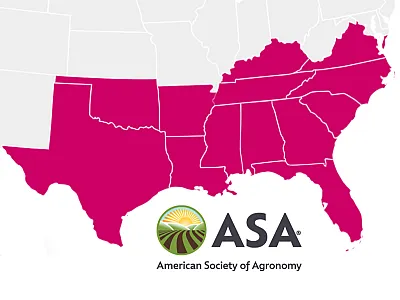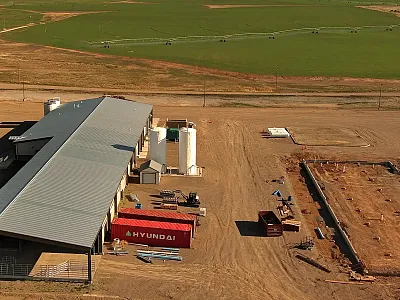Watts up! Exploring Soil-Applied Pulse Electric Field as an Alternative to Methyl Bromide
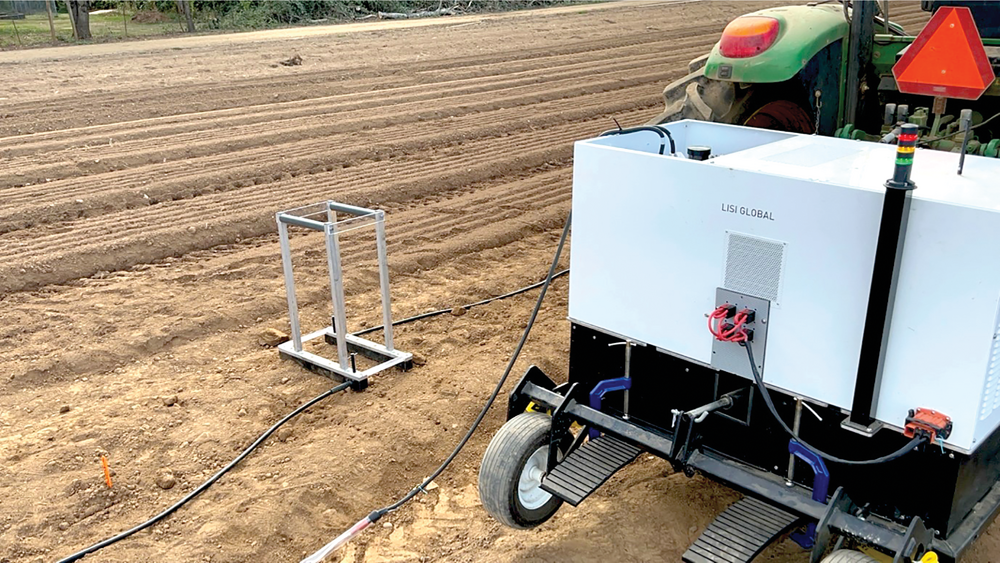
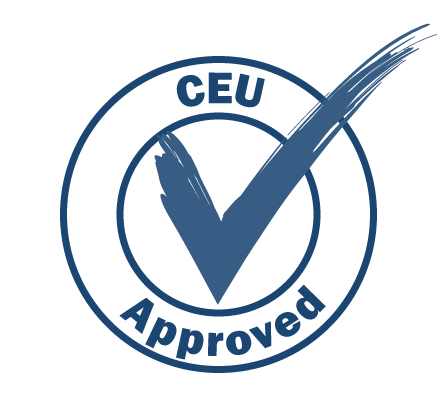
Ornamental nursery stocks rely on soil fumigants to combat soilborne pathogens, diseases, and weeds, which all pose significant challenges to tree seedling production in the ornamental industry. Methyl bromide, a broad spectrum soil fumigant, effectively targets weeds, soilborne fungi, and nematodes. Despite its efficacy, its classification as a potent ozone- depleting substance has led to its gradual phase-out in agricultural practices. Pulse electric field (PEF) technology has emerged as a promising innovation with the potential to address multiple challenges posed by methyl bromide. Earn 0.5 CEUs in Integrated Pest Management by reading this article and taking the quiz at https://web.sciencesocieties.org/Learning-Center/Courses.
Ornamental nursery stocks rely on soil fumigants to combat soilborne pathogens, diseases, and weeds, which all pose significant challenges to tree seedling production in the ornamental industry. Methyl bromide, a broad-spectrum soil fumigant, effectively targets weeds, soilborne fungi, and nematodes. Despite its efficacy, its classification as a potent ozone-depleting substance has led to its gradual phase-out in agricultural practices. Pulse electric field (PEF) technology has emerged as a promising innovation with the potential to address multiple challenges posed by methyl bromide. Earn 0.5 CEUs in Integrated Pest Management by reading this article and taking the quiz at https://web.sciencesocieties.org/Learning-Center/Courses.
Methyl bromide, a broad-spectrum soil fumigant, effectively targets weeds, soilborne fungi, and nematodes. Despite its efficacy, its classification as a potent ozone-depleting substance has led to its gradual phase-out in agricultural practices. While limited methyl bromide applications are deemed critical, stringent regulatory compliance standards and associated costs have rendered it a less feasible pest control option over time.
Ornamental nursery stocks rely on soil fumigants to combat soilborne pathogens, diseases, and weeds, which all pose significant challenges to tree seedling production in the ornamental industry. Oregon is leading in U.S. nursery production of shade trees, contributing 16.6% of the nation’s supply (USDA National Agricultural Statistics Service, 2020). These shade trees encompass a variety of genera, including ash (Fraxinus), honey locust (Gleditsia), linden (Tilia), maple (Acer), oak (Quercus), and poplar (Populus).
Following soil fumigation, many tree species are direct-seeded into nursery field beds. Initially grown at high density, seedlings are later transplanted and spaced more widely as they mature. Depending on the species and desired plant size, seedlings remain in the field for one to five years. They are then sold in various forms such as bareroot (without soil), balled and burlapped (root ball with soil wrapped in burlap), or transplanted into containers. Seedlings may also serve as rootstock for more desirable cultivars, which are grafted onto them. Nursery crops undergo frequent crop rotations, with shade trees often succeeded by different woody ornamental crops each year.
This dynamic cropping system, characterized by diverse hosts and frequent rotations, favors the proliferation of soilborne plant pathogens with broad host ranges, such as Phytophthora species and Verticillium dahliae. Failure to effectively control these pathogens and weeds can lead to seedling mortality or the inadvertent distribution of infected nursery stock. Once infected, plants cannot be cured and are destroyed. Soil fumigation represents a significant expense for nursery seedling producers, further compounded by the proximity of many nurseries to densely populated urban areas. Mandatory buffer zones and fumigant management plans add additional complexity to soil fumigation practices.
In response to the limitations and environmental concerns associated with methyl bromide, there is a pressing need for non-chemical alternatives in this cropping system. Pulse electric field (PEF) technology has emerged as a promising innovation with the potential to address multiple challenges posed by methyl bromide.
Managing Soilborne Pathogens
Pulse electric field (PEF) technology is a new tool in agriculture for the control of soilborne organisms. Still, it has been used in the food industry to inactivate microorganisms. The principle of PEF is that electricity pulses are applied to a medium between two sets of electrodes, a positive and a negative. The PEF dosage is primarily determined by the number of pulses applied and the duration. The pulse lasts from nano- to milliseconds. However, multiple factors influence PEF outcomes, including pulse-wave shape, electric field strength (voltage gradient), the frequency of electricity, temperature, and media.
Equipment design also has a role in the process. The geometry and size of the electrodes can impact the distribution of energy and the volume of the treated medium, thus affecting the overall efficiency of the treatment. Despite its potential, the commercial application of PEF in agriculture requires further research and development to optimize its effectiveness and scalability.
The mechanism by which PEF eliminates organisms is not entirely understood, but it likely involves several processes. One possibility is electroporation, where the electrical pulses create temporary pores in the cell membranes, leading to the disruption of cellular functions and ultimately cell death. Additionally, the absorption of energy by proteins during PEF treatment could generate cell-damaging free radicals, causing structural alterations in proteins that impair their function. A combination of these mechanisms may contribute to the effectiveness of PEF.
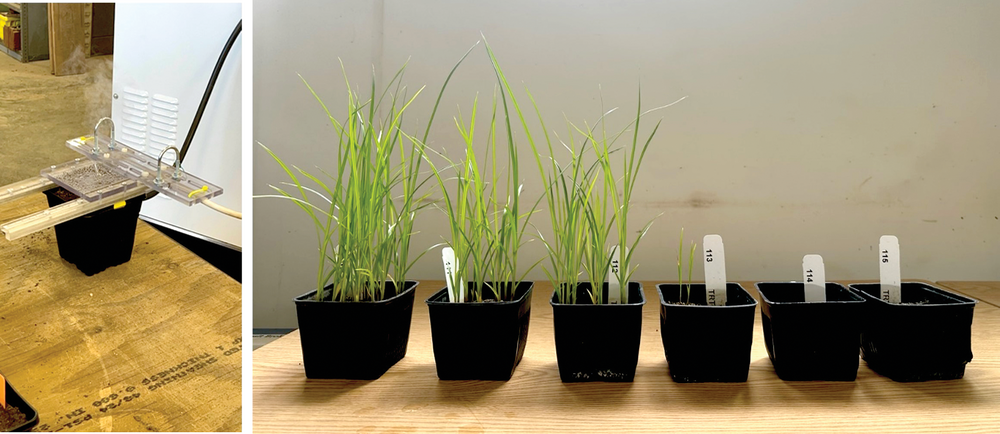
In controlled experiments, PEF has shown promise in suppressing nematodes and pathogens (Riga et al., 2020). Specifically, PEF has been effective in controlling plant-parasitic nematode species, such as Meloidogyne hapla and Globodera ellingtonae, as well as suppressing the oomycete Phytophthora cinnamomi and the fungus Verticillium dahliae. Different energy doses are required to achieve suppression of various soilborne pathogens and nematodes.
For instance, while 200 V/mm was needed to suppress V. dahliae and P. cinnamomi, less than half that dosage was required for nematode control (40 and 80 V/mm). These dosages have demonstrated the ability to achieve at least 50% and up to 92% suppression of nematodes and soilborne pathogens. It is important to note that the effectiveness of PEF is organism-specific, and there is a minimal field-strength threshold that must be reached to affect a given organism. This specificity suggests that differences in PEF response could be exploited to selectively target pests, offering a potentially soil-health-friendly approach to pest management.
Managing Weeds
The effect of PEF on weed species is poorly documented. We started with greenhouse studies to define effective rates. Controlled greenhouse studies eliminate the significant variability in the field and can be a good starting place to define treatment control. In our experiments, we utilized pots filled with sterilized silt-loam soil, and PEF was applied with a series of 4-inch long electrodes positioned within. Weed seeds or tubers were pre-soaked in water for 12 hours, planted, and then treated shortly thereafter. However, we encountered an unexpected outcome when applying 480 J/cm3: the energy generated heat and water vapor, eventually leading to the melting of the pots (as illustrated in Figure 1 and the YouTube video here https://bit.ly/3VlkdSy). This observation challenges the notion that PEF cannot serve as a thermal soil sterilant, suggesting its potential for broader applications beyond pest control.
Electrical rates exceeding 60 J/cm3 proved effective in eliminating nearly all yellow nutsedge tubers (as depicted in Figure 1) while some crabgrass plants emerged after treatment with 125 J/cm3. For reference, 25 J/cm3 controlled more than 90% of nematodes in an earlier study (Riga et al., 2020). Expanding our research to encompass a broader spectrum of weed species, we aim to enhance efficacy. There are indications that controlling weed seeds and specific soilborne pathogens may require less energy at higher field strengths (V/mm). Our
exploration of the effects of PEF on weed species is still in its infancy with numerous questions arising, particularly concerning seed imbibition and dormancy.
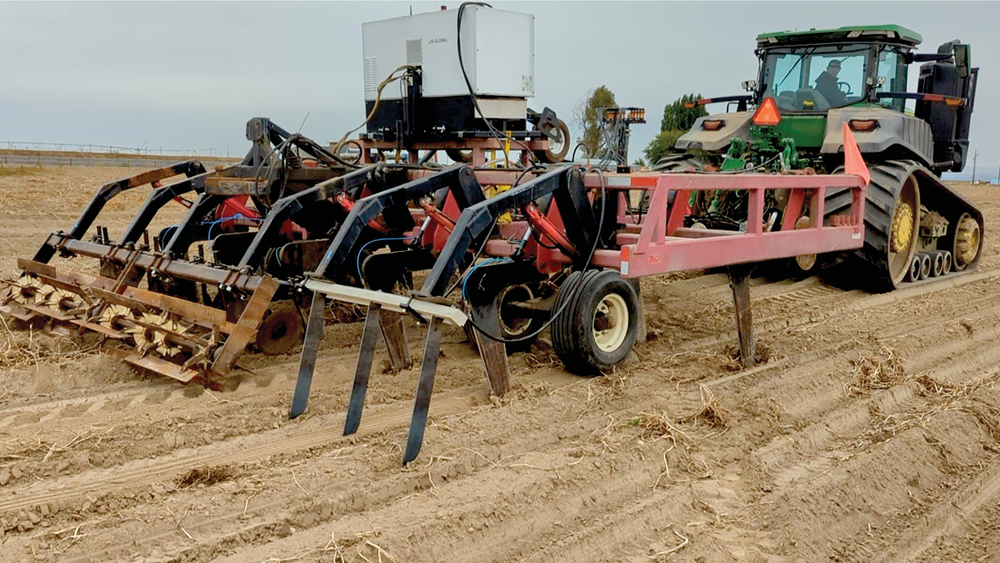
In controlled studies, we adopt an approach conducive to weed seed germination, ensuring seeds were imbibed before treatment and treated pots were maintained under favorable conditions. For dormant seeds, additional measures such as scarification or temperature regimes were implemented before PEF treatment. Concurrently, we are conducting field tests in collaboration with Oregon nurseries to evaluate the impact of PEF on nematode, disease, and weed populations (see image on first page). As we delve into this new application of PEF, we are advancing on multiple research fronts. These studies also contribute to enhancing equipment design and capabilities. While our current applications are limited to static treatments, this project has sparked ideas for novel applications of PEF technology (Figure 2). Through continuous innovation and exploration, we aim to unlock the full potential of PEF in agriculture and beyond.
Acknowledgments
This project is funded by the USDA-NIFA Methyl Bromide Transition Program (Grant No.2022-51102-38259), along with support from the Horticulture Research Institute and the Oregon Association of Nurseries. We are immensely grateful for their contributions, which have enabled us to advance research in this critical area. Furthermore, we extend our sincere appreciation to our collaborators at the J. Frank Schmidt & Son Nursery in Boring, OR, and Robinson Nursery in McMinnville, OR. Together, we are driving innovation and progress towards sustainable solutions for agricultural challenges.
References
Riga, E., Crisp, J.D., McComb, G.J., Weiland, J.E., & Zasada, I.A. (2020). Directed energy system technology for the control of soilborne fungal pathogens and plant- parasitic nematodes. Pest Management Science, 76, 2072–2078. https://doi.org/10.1002/ps.5745.
USDA National Agricultural Statistics Service (2020). 2019 Census of horticultural specialties. https://www.nass.usda.gov/Publications/AgCensus/2017/Online_Resources/Census_of_Horticulture_Specialties/.
Self-Study CEU Quiz
Earn 0.5 CEUs in Integrated Pest Management by taking the quiz for the article at https://web.sciencesocieties.org/Learning-Center/Courses. For your convenience, the quiz is printed below. The CEU can be purchased individually, or you can access as part of your Online Classroom Subscription.
- Which of the following are challenges faced when fumigating soils in ornamental nurseries?
- It’s a significant expense.
- A dynamic cropping system favors the proliferation of pathogens with broad host ranges.
- Many nurseries are located close to densely populated urban areas.
- All of the above.
- The size of electrodes used have no impact on the outcome of PEF.
- True.
- False.
- Pulse electric field (PEF) technology possibly works by electroporation, in which
- oxygen is not available for the organisms.
- the electrical pulses create temporary pores in the cell membranes.
- moisture is extracted from the soil.
- infected seedlings are killed before they can infect other plants.
- In greenhouse experiments targeting weeds with PEF, what rate eliminated nearly all yellow nutsedge?
- Less than 10 J/cm³.
- 15–25 J/cm³.
- 50 J/cm³.
- Greater than 60 J/cm³.
- Differences in PEF response could be exploited to selectively target pests.
- True.
- False.
Text © . The authors. CC BY-NC-ND 4.0. Except where otherwise noted, images are subject to copyright. Any reuse without express permission from the copyright owner is prohibited.




